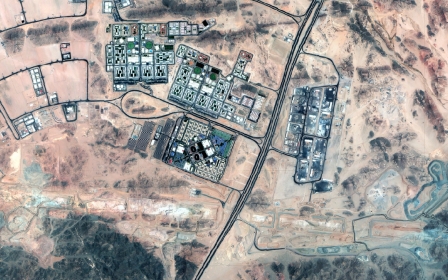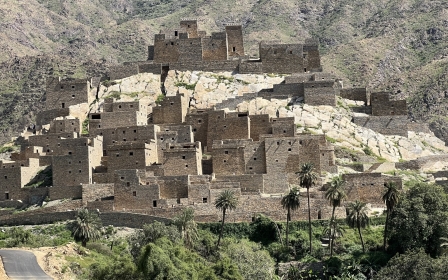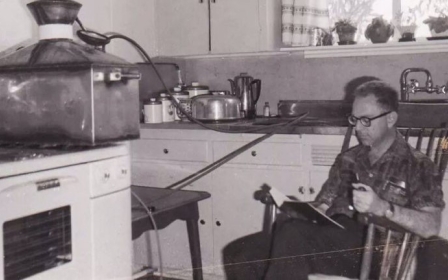Neom: Saudi Arabia 'scales back' goals of megacity project

Saudi Arabia has scaled back some of its ambitions for its desert megacity Neom, according to a report by Bloomberg.
The $1.5 trillion megacity project, which organisers claim will be 33 times the size of New York City, is due to include a 170km straight-line city.
When launching The Line in 2021, the Saudi government had announced that 1.5 million people would be living in the city by 2030.
Officials now expect there to be fewer that 300,000 residents by that time, according to a source cited by Bloomberg on Friday.
The source said that officials expected only 2.4km of the 170km city to be completed by 2030.
As a result of the scaling back, one contractor dismissed some of the workers it employs on site, according to a document seen by Bloomberg.
Neom - part of Saudi Arabia's Vision 2030 strategy to diversify the economy and move away from oil reliance - is being built in the northwestern Tabuk province.
Middle East Eye reported last year that construction was under way on The Line, based on satellite imagery.
The Line is due to have no cars or roads, and a high-speed rail service running across the length of the city, Saudi Arabia's Crown Prince Mohammed bin Salman announced three years ago.
Two parallel, mirrored buildings that are nearly 500 metres tall and 120km wide are also planned as part of the project, according to designs uncovered in 2022.
In addition to the horizontal city, Neom is also touted to include an eight-sided city that floats on water, a ski resort with a folded vertical village, and a Red Sea luxury island resort called Sindalah.
The Sindalah project is due to open later this year.
Sources told Bloomberg that work was continuing on other parts of the Neom project, and Saudi officials still backed the overall aims of The Line.
The sources added that Saudi Arabia's Public Investment Fund, which is providing most of the funding for the project, has yet to confirm its 2024 budget for Neom.
The scaling back of the megacity project comes as the Public Investment Fund cash reserves dropped to $15bn in September, its lowest levels since 2020.
Middle East Eye propose une couverture et une analyse indépendantes et incomparables du Moyen-Orient, de l’Afrique du Nord et d’autres régions du monde. Pour en savoir plus sur la reprise de ce contenu et les frais qui s’appliquent, veuillez remplir ce formulaire [en anglais]. Pour en savoir plus sur MEE, cliquez ici [en anglais].





